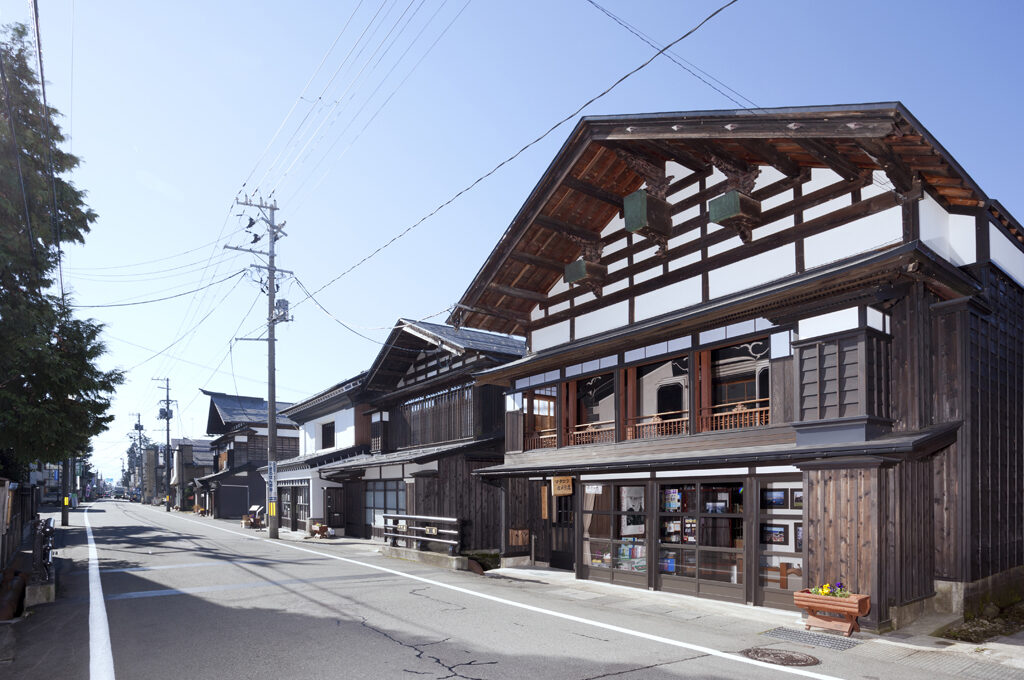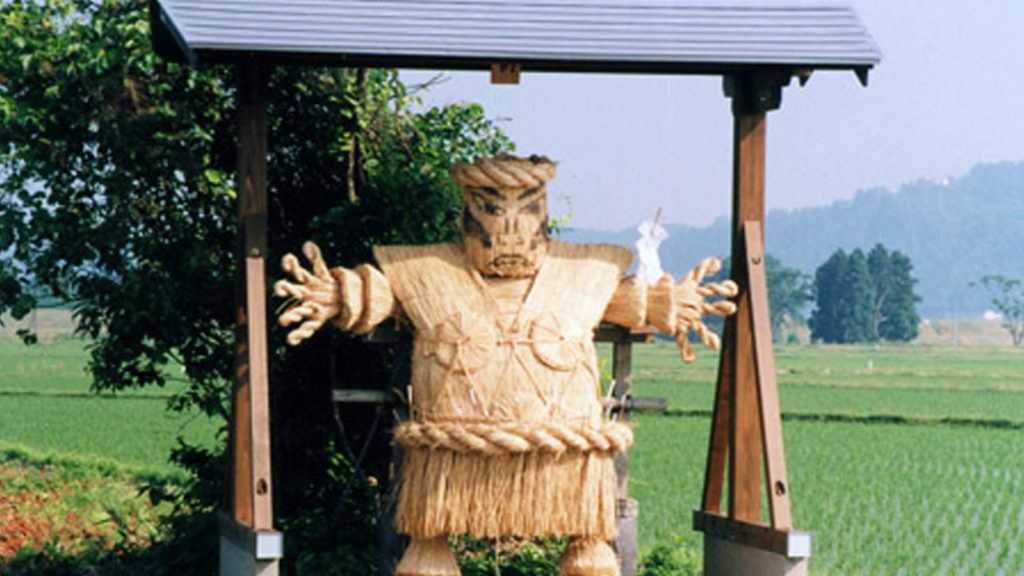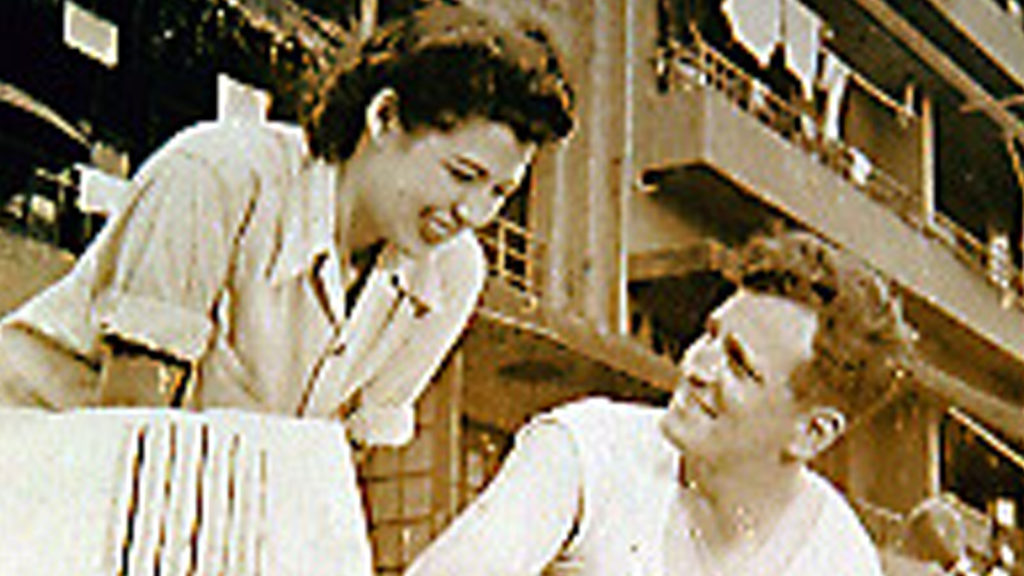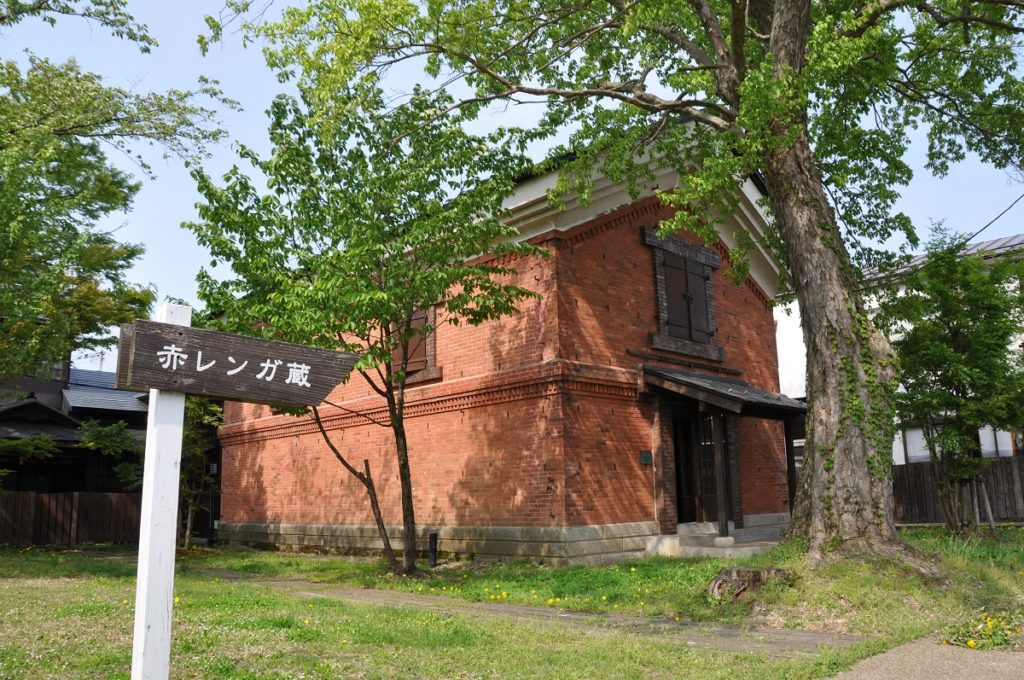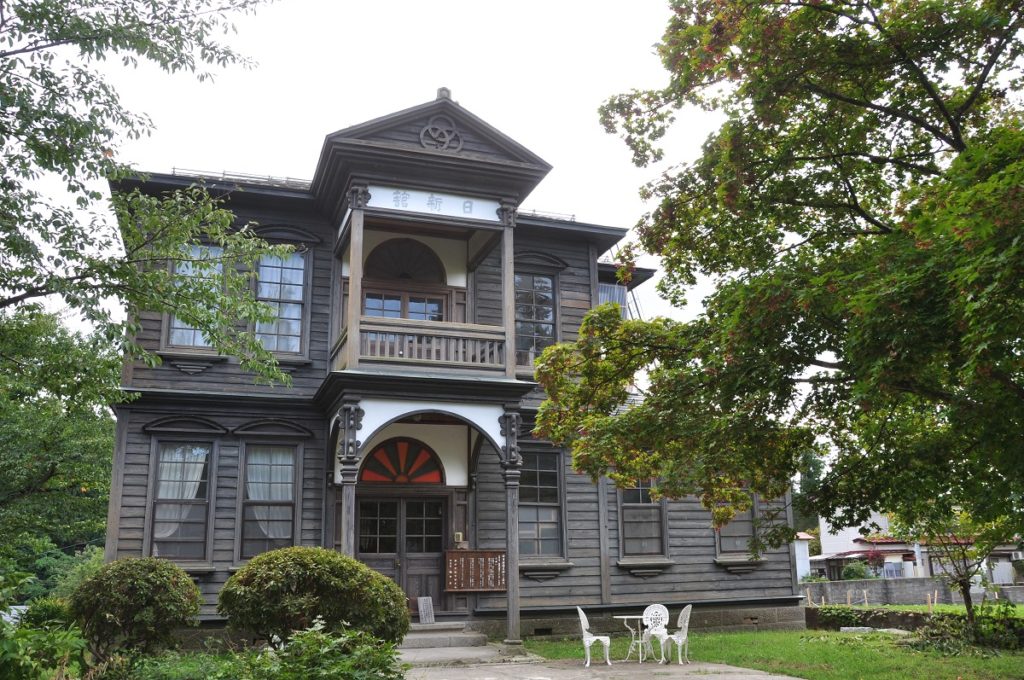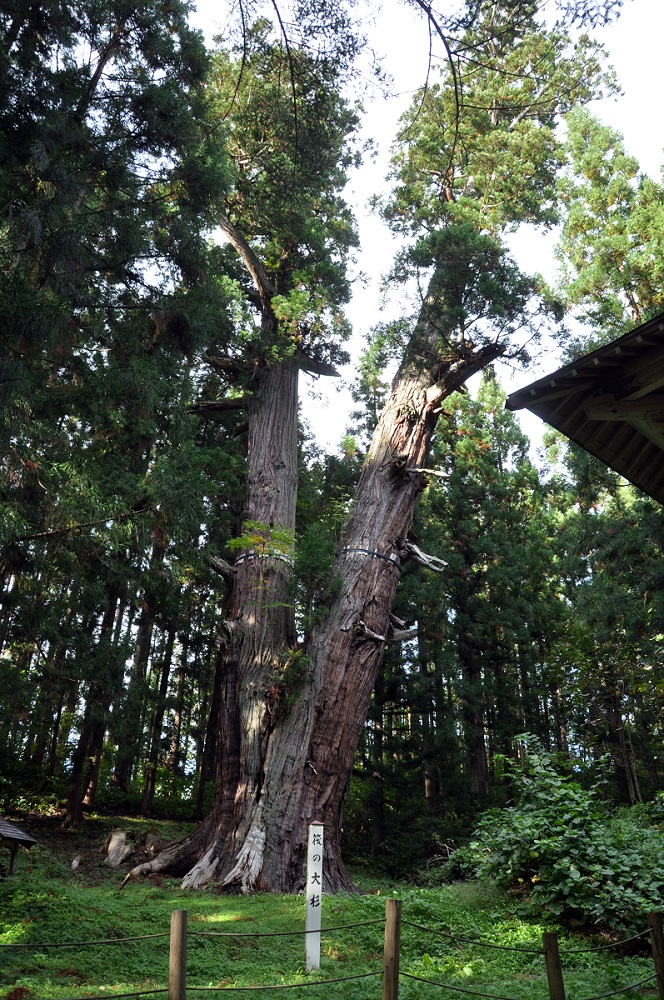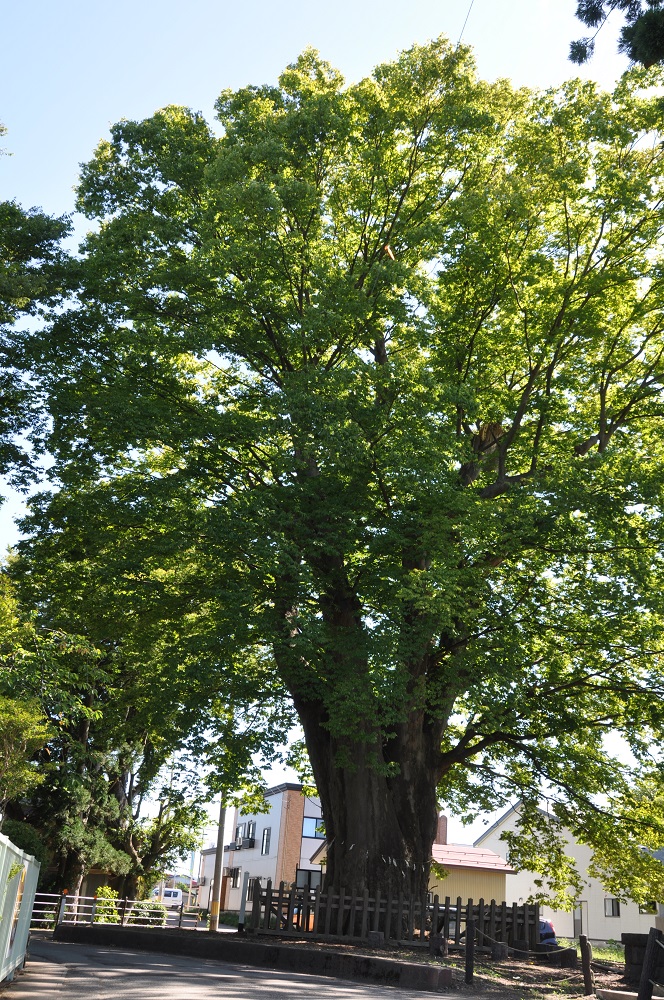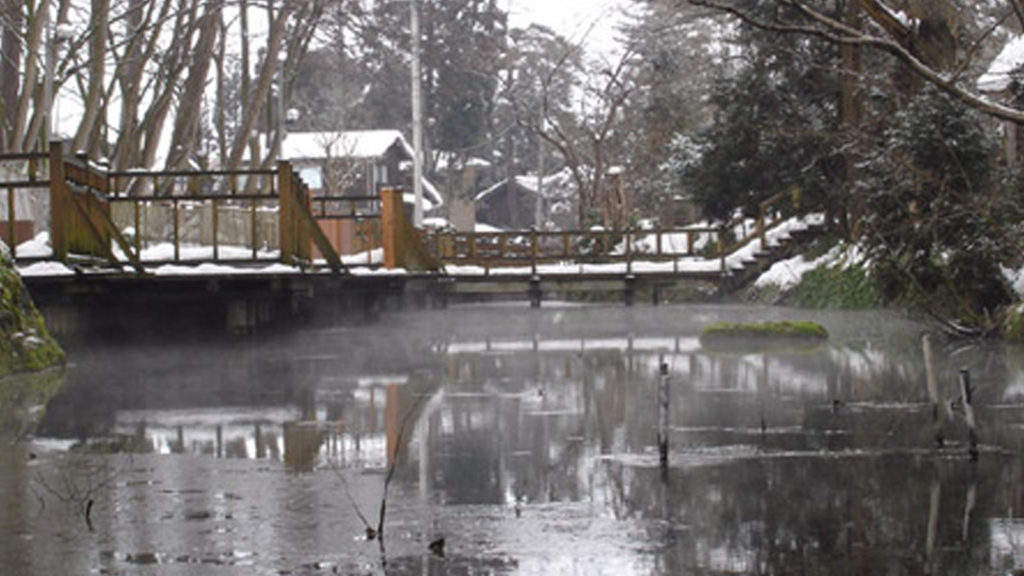見る
見る
Built a town of Masuda
Yokote Masuda town, located in the southeastern part of Yokotebonchi,located in the Narusegawa a confluence of Kaizegawa tributaries Omono River, Masuda was very crowded as a distribution center of goods.
In addition to merchants,which was founded Masuda Bank in collaboration (the predecessor of the current Hokuto Bank) Masuda,Masuda hydroelectric company (power generation) and Masuda Ceramics company (pottery),companies such as shopping (miso soy sauce) Nagasaka also been established commercial has further intensified.
It is currently Naka became the stage, is Nanukamachi shopping street Avenue (seven days as medium).
Remaining many traditional streets and built to convey the prosperity of that time to now, we received the evaluation of a very high cultural value in 2013 December 27,the country of the conservation district of traditional buildings It was selected to.
Efforts continue to inheritance to future generations while maintaining the townscape and architecture and technology have been made.
Kedani Jizo
In the Jizo park in the west of Ayumi Honmura Village, “Kedani Jizo” which is far beyond life is enshrined. It was set up by Taga Zenbei (1853 – 1916) who was married to those who died of tsugamushi disease, praying that Tsugaru insect disease should disappear and was a boatman of the Yamagawa river, and every year in July The festival is full of votive sumo wrestling.
Yakujin Sama
It is said that the goddess of the straw doll stands at the village boundary, watching the plague and goddess not to enter the village. In early June when the rice plants ended, a troubleshooting will be done to rebuild the troubles of Fujimaki Village (Mr. Kashima). After the young people take over the straw doll of about 100 kilos which was newly made each year on the shoulder, after walking around the village, I will rebuild the goddess and pray for disease-free illness.
A lot of signposts
The intersection before crossing the cross was a field mainly of pine trees long ago. People lost their way and this was made a fox or a raccoon. For that reason, Masuda Temple 14 Masuzenji Masuda inscribed the word “Asa Mai Tadashi Masa Asa Mai is behind Yuzawa Right to the left of Yuzawa left” as a signpost that knows the direction and the place name. Currently, the signposts are on display at the Cross Hall Historical Data Exhibition Room. There is a replica statue in front of the JR Cross Station, and a monument is built in the intersection in front of the station.
Koubezuka Shrine
When Sakagami Dumauma buried the head of the warrior at the time of Toyi conquest, he was named Mukuzuka. Thereafter it is reported that Yahata Taro Yoshiie buried the enemy ally and grade 890 who was killed in the battle of the last three years in this mound. The stone of the human head excavated from this mound is settled in the shrine, and worshiping it is believed as a shrine shrine with a spirit of spirit in various diseases of the head and improvement of academic ability.
Fort of swamp
It is a place that can be told as “fencing of a swamp” where Kiyohara Kazuho lost Genjie in the historically famous “Battle of the Three Years (Role)” that occurred at the end of the Heian period. A natural fortress that surrounded the surroundings, swamps, and refused to attack those who are swamps, rivers, and wetlands is just an impregnable Mizuki. The scale is said to be about 400 hectares, and the surrounding topography tells its history
Shogun gate
During the Han dynasty, Kansei 7 years (1795) County was placed in Akita Rokugo, and its office building was referred to as “a manor.” The county magistrate · Imaizumi Sanemon who arrived at the Asahama Officer has rebuilt the executive branch in Kansei 11 years (1799), and the existing gate is regarded as construction at this time. It was destroyed in the first Meiji era and only the gate remained. Originally facing east gate has been moved to the south facing south.
Collection of red bricks
The red brick warehouse is a building of the same period as the former Akita Bank head office (present red brick regional museum, national literary text) famous as a brick building in the prefecture. Toshiba 2 floor construction, iron plate roofing, construction area 67 square meters. It is a construction in 18th year, and it is remodeling in the late Meiji era.
Old Nisshinkan
The former Nichininkan was built as a residence of Charles · C · Chanpuri, an American who had been appointed as an English teacher of the former government Yokote Middle School (now Yokote Highschool) in 1902 by Kamezaka Kamezaki, and the master of the carpenter It is reported as Fujimura Hatsugoro.
The Big Cedar of Ikada
It is located in the precincts of Hiezan Shrine in the Yamauchi Raiba district, 43 meters in height, 12 meters in the periphery of the root, the age is said to be about 1,000 years. It is certified as a giant tree of the whole prefecture. Prefecture designation, natural treasure.
Biwa swamp
Hiraka-machi is dotted with numerous spring water. Among them, the Biwa swamp in the center of Asahama originates from numerous spring water. Masumi Sugae talks about Biwa Shimizu (Biwa Numazuma) in the “Sawa no mae”. According to it, it seems that it was named Biwa Shimizu because the shape of the swamp is just like a biwa. Also at that time (1825) seems to have been called Fujinuma.
No events were found under the specified conditions.


